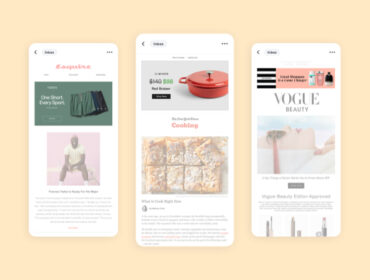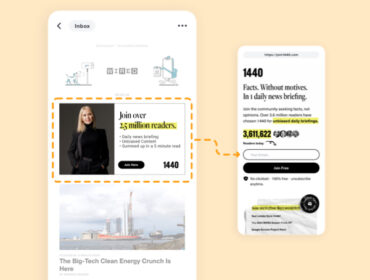What is CRM retargeting and why does it matter?
Third-party cookies are on their way out the door, leaving advertisers with a gaping hole in their advertising strategies. To continue delivering relevant, personalized experiences, advertisers will need to lean on their first-party data to enable customer relationship retargeting (CRM retargeting) and engage existing and prospective customers.
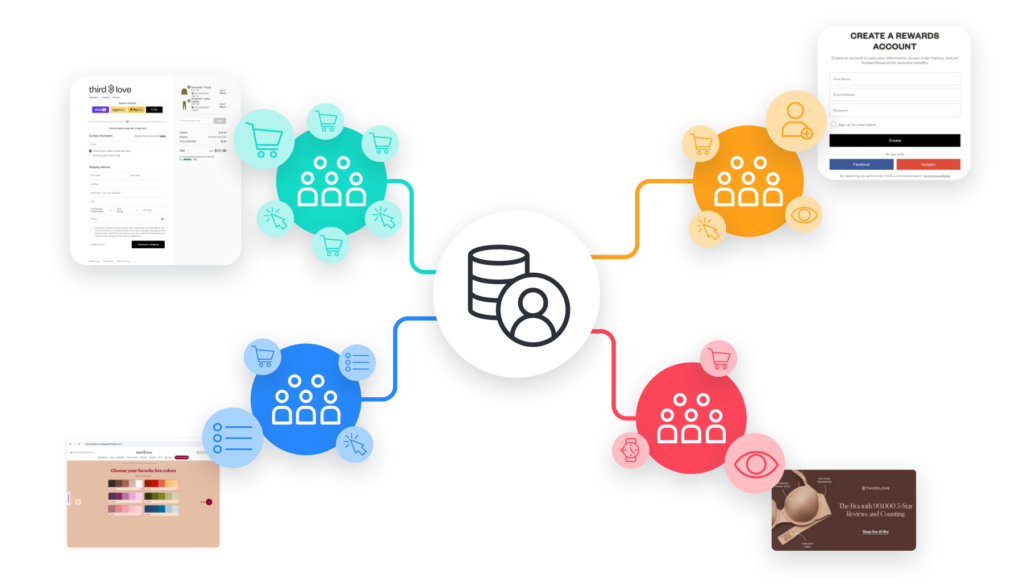
To help brands make the most of CRM retargeting, this blog post will explore:
- First-party data
- CRM data
- What role CRM retargeting plays in a world without third-party cookies
- How to leverage CRM data for CRM retargeting
- Why email is crucial for CRM retargeting
Let’s get started.
What is first-party data?
To understand CRM retargeting one must first understand first-party data. First-party data is information that a brand collects directly from its customers. Third-party data, on the other hand, is information that a brand collects from, well, a third party, such as another website or platform.
There are two types of data sources that can help supply you with first-party data. Those include:
- Offline data sources like in-store purchases, loyalty cards, and customer service centers
- Online data sources like website and app interactions, eCommerce purchase data, survey responses, social and email engagements
Now, both offline and online data sources can provide you with Personal Identifiable Information (PII). This is any information that speaks to the identity of a customer like their name, home address, phone number, or email address. These are all data points that customers often share directly with brands especially when making online purchases or signing up for loyalty programs.
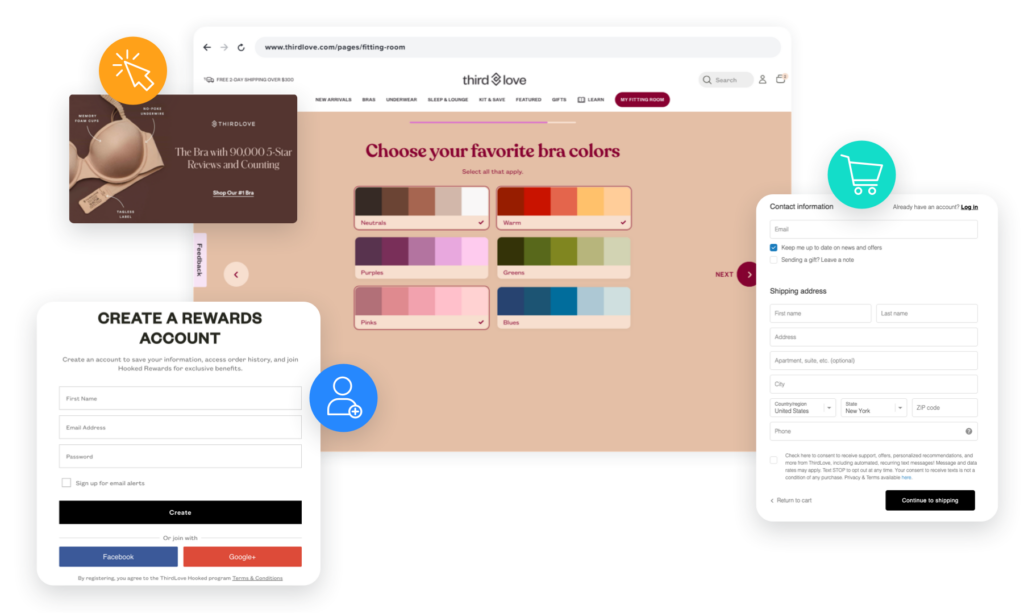
Since first-party data is delivered straight from the customer to the business, it is typically cleaner, more transparent, and more privacy-safe than data one might collect from a third party.
Why is first-party data important?
First-party data has become increasingly important as third-party cookies are phased out. In fact, Safari and Firefox deactivated third-party cookies on their browsers in 2013. Nearly a decade later, Google is set to disable cookies on its Chrome browsers in 2023, affecting over 65% of internet traffic.
To prepare for this seismic shift, advertisers are rebuilding their targeting strategies by leaning heavily on first-party data as a robust first-party database will be crucial to advertiser success in a cookieless world. The good news is that a lot of this first-party data can already be found in your CRM database.
Still, collecting and accessing first-party data is only half the battle in a cookieless world. Knowing how to actually use that data to more accurately reach and engage your audience is the other half of the battle.
What is CRM data?
CRM data is the first-party data your brand has collected from your customers across channels. Brands can use this CRM data to better understand their customers, their individual preferences, behaviors, and interests.
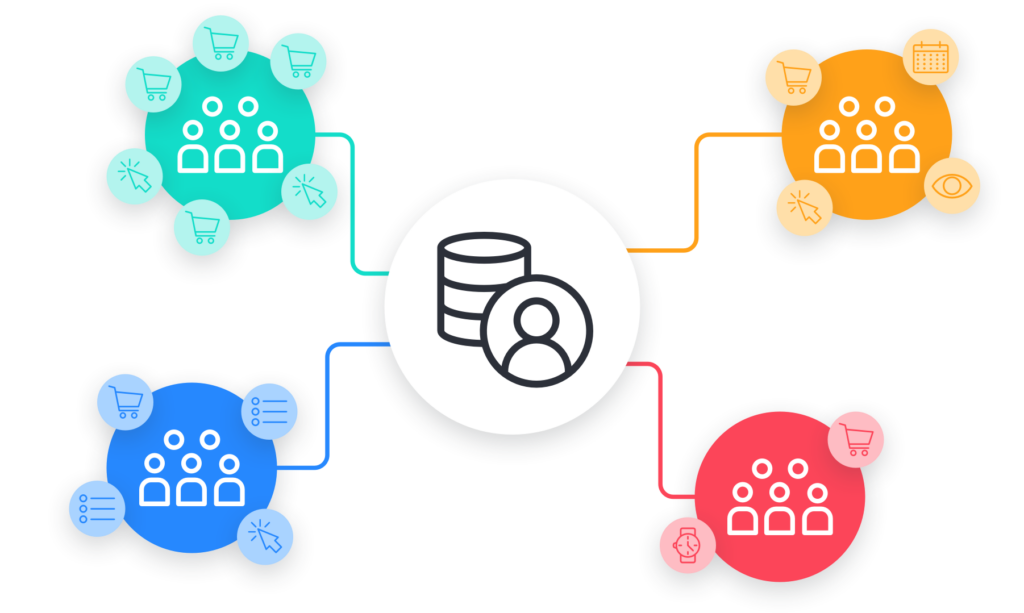
Equipped with this data, marketers can create unique audience segments, such as:
- Loyal customers. These customers have a high lifetime value with a strong history of engaging with the brand and buying products over a significant period of time.
- Seasonal customers. These customers still interact with the brand but do so on a seasonal or occasional basis.
- Lapsed customers. These are people who were once active but haven’t engaged with your brand in a while. The timeframe that constitutes a lapsed customer varies from business to business.
- Customers with specific shopping needs or interests. For example, parents or people who live in households with children who may shop certain categories or take certain safety features into account when researching products.
Once armed with these audience segments, advertisers can use them to build data-backed CRM retargeting strategies.
What is CRM retargeting and how does it work?
CRM retargeting takes a marketer’s first-party data, like an email list, and matches it to known customers across any device or browser within logged-in media like social platforms and email.
Since CRM retargeting is based on first-party, deterministic data, you won’t have to guess who your audience is or what they want to see. You’ll know. And you can reach those audiences with personalized, relevant campaigns across channels to nurture audience relationships.
Examples of CRM retargeting strategies:
- Upselling and cross-selling. Target new or existing customers with relevant product recommendations or membership opportunities in order to turn them into loyal customers.
- Dynamic creative retargeting. Retarget users who’ve already visited a specific landing page, and reach them with tailored ad creative that sends them further down the marketing funnel. For example, you can drive them to complete a quiz that helps pinpoint the right product for their needs. The customer receives a helpful recommendation and the brand receives a high-quality lead.
- Event promotion. Reach loyal customers with invitations for upcoming virtual or in-person events that you know will match their interests.
- Special offers. Incentivize lapsed customers to re-engage by sharing fresh content that’s similar to the last content they enjoyed. Seasonal customers, for example, might be reeled back in with new holiday messaging and discounts.
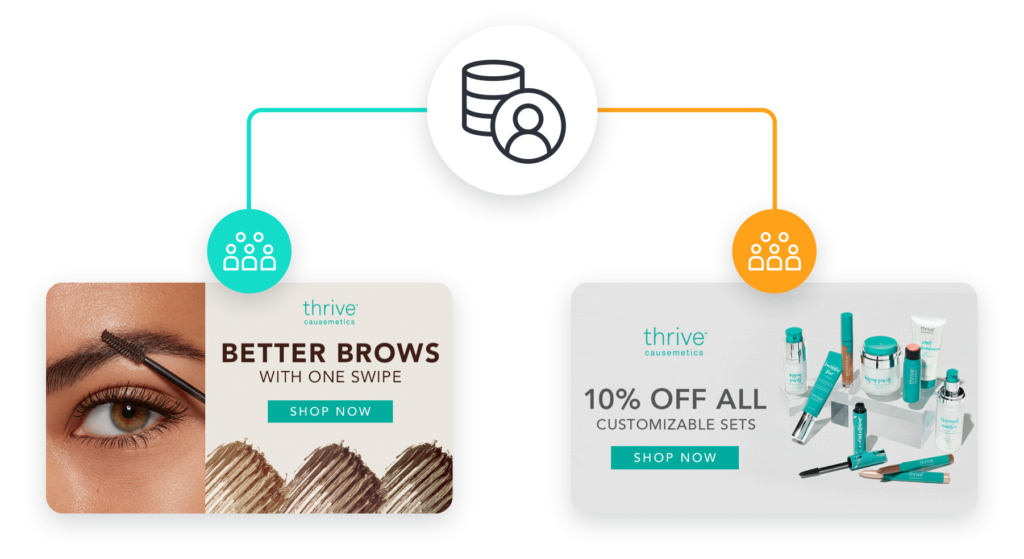
There are many benefits to using these CRM retargeting strategies, including:
- More accurate targeting. Again, CRM retargeting is based on deterministic data. So, you’ll have peace of mind knowing that you’re reaching the right audiences with your budget.
- Increased personalization. With CRM data, you can target and suppress specific audience segments, ensuring that each user receives the most relevant ad messaging.
- Improved privacy. First-party data enables consumers to provide consent and opt-in to Brands using their data, giving brands direct control over their data (vs relying on third-parties). This enables allows you to comply with governmental regulations like CCPA and GDPR.
- Revenue and engagement. The result of the above benefits? Greater profit and engagement for your business across channels.
What is email’s role in CRM retargeting?
Email is a cookieless environment, so it’s ready-made to help advertisers survive and thrive in a world without third-party cookies. Since email newsletters leverage the email address — one of the most valuable pieces of first-party data — to reach customers, they help brands circumvent the need for third-party cookies. This makes email the ideal channel for building direct customer relationships and launching those CRM retargeting strategies in a cookieless world.
Furthermore, you can use email advertising as a springboard for building out your first-party data footprint. That’s because each email address is another piece of direct-from-consumer data that you can use to learn more about your audiences’ behaviors and preferences. Meaning, you can use email to not only target and retarget audiences but also to encourage them to sign up for your emails, thus building out your CRM database.
How LiveIntent can help with CRM retargeting
LiveIntent is built to help you grow your first-party data and activate it for more effective CRM retargeting — so you’ll be prepared to make the most of a cookieless world. With Audience Manager, you can build and manage audiences using your first-party audience data. From there you can reach your audience across a network of more than 2000 premium publishers’ newsletters.
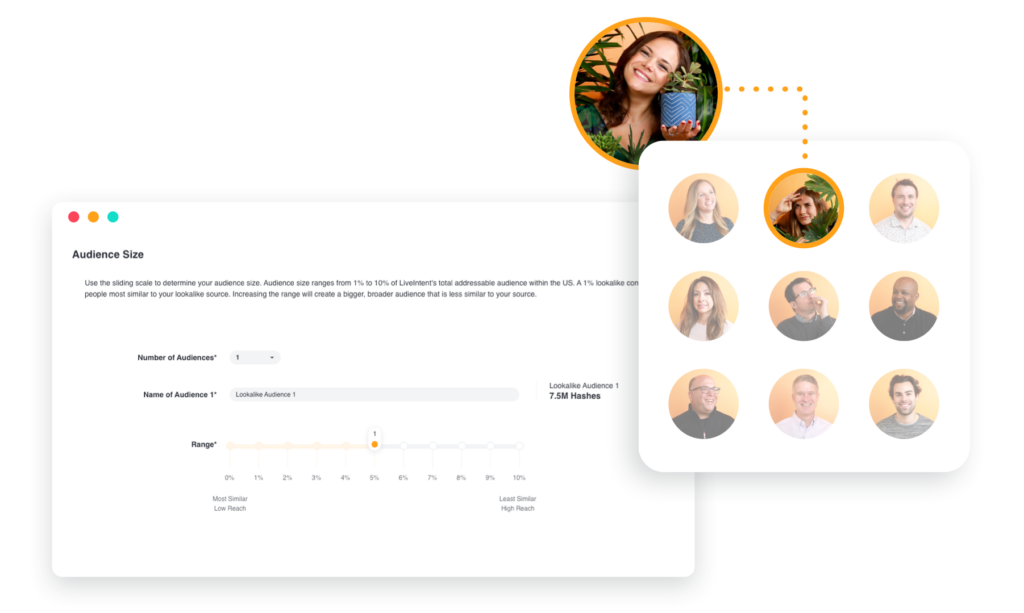
Beyond just using your CRM data, we can also help you connect the dots across all of your properties and touchpoints — like web and email — creating a comprehensive map of customer experiences.
We’ll even help you build your first-party data footprint by setting up acquisition campaigns, driving people to landing pages with email signup forms, and adding new prospects to your subscriber list.
The best part is, this data isn’t going anywhere because it’s not gathered from third-party cookies. This means you can safely and comfortably continue to develop relationships with customers, nurturing them along the path to purchase and generating new revenue opportunities for your brand.
